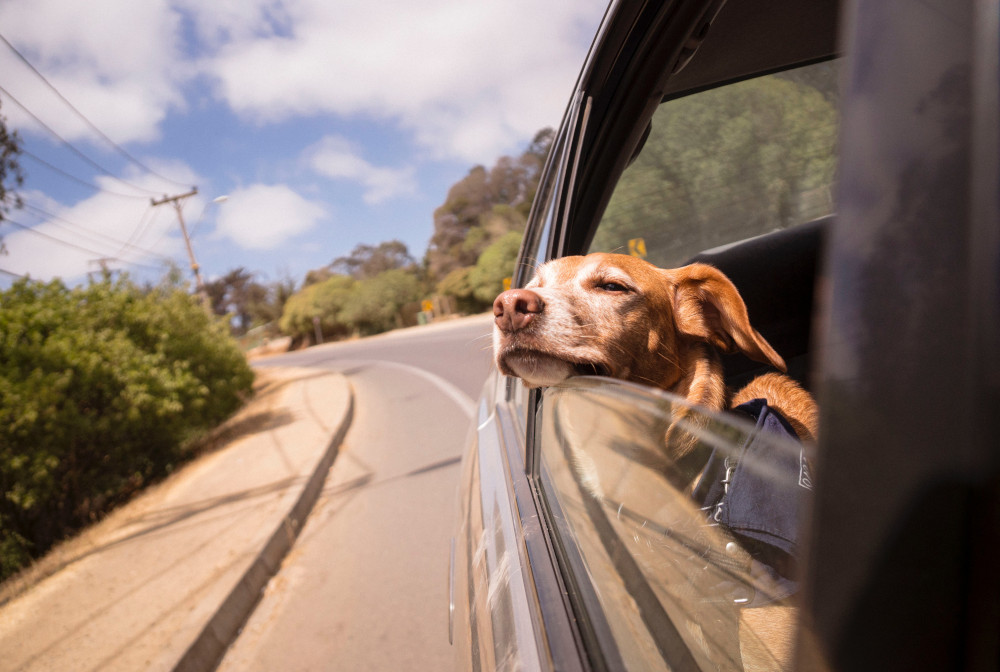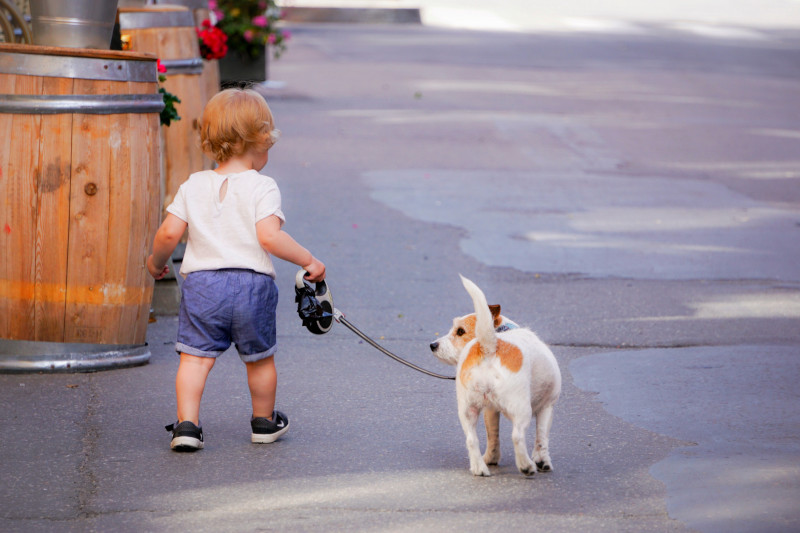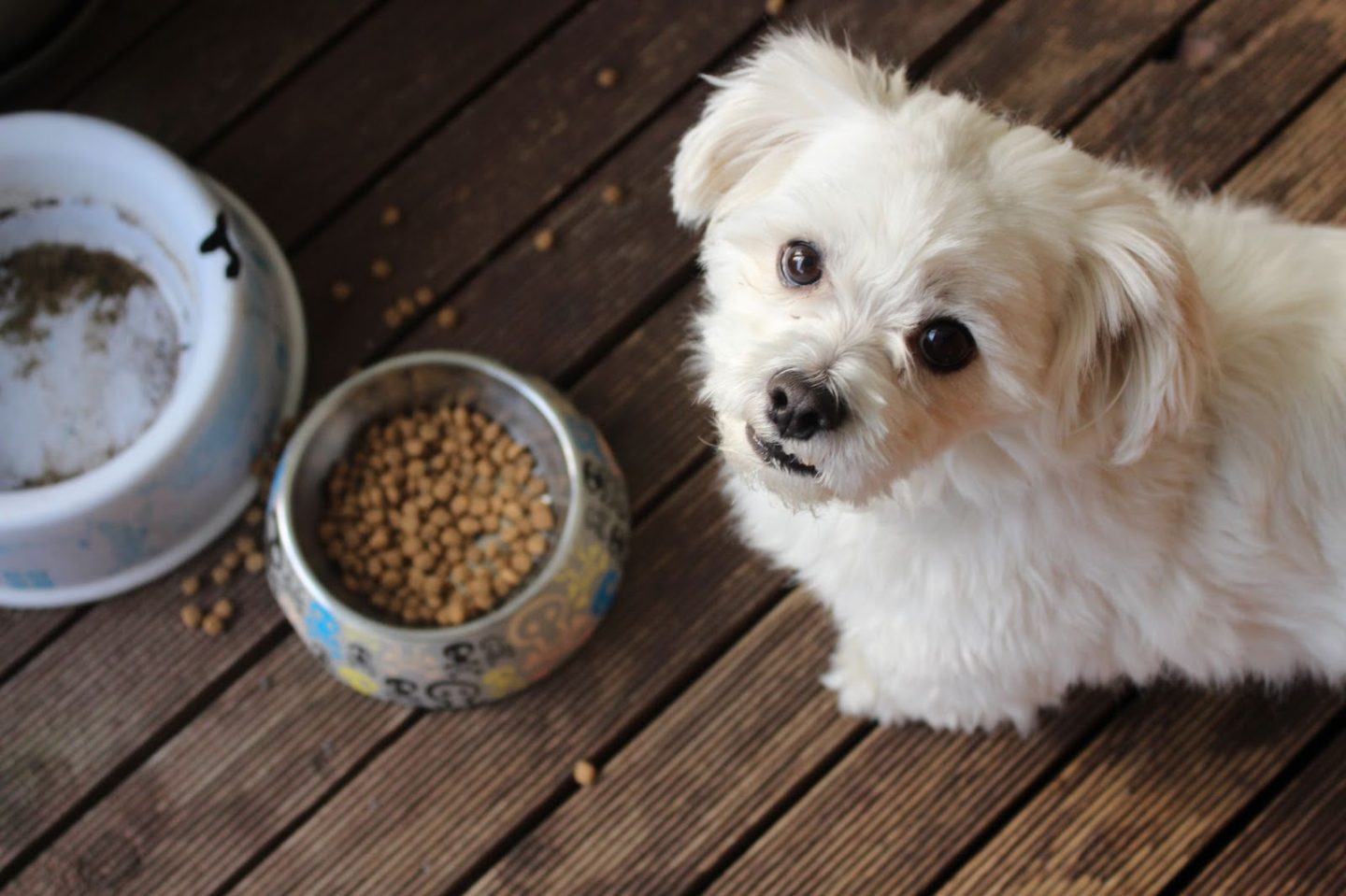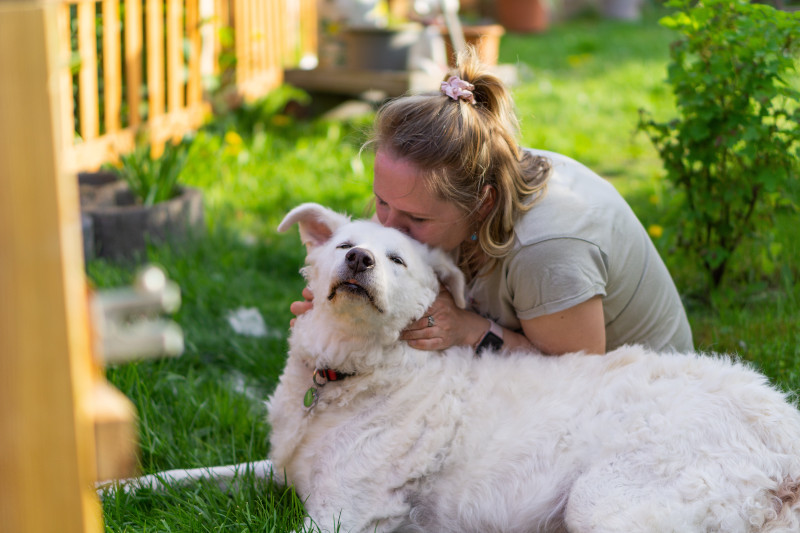

If you’ve noticed your pet seems a little down over the past month or so, you likely aren’t the only one. This is because as the seasons change, so too can the moods of our beloved pets. While many assume that Seasonal Affective Disorder (SAD) is exclusive to humans, many believe that it can also affect our furry companions. While there has not been much research into this topic, surveys of pet owners have found that many find that their pet’s mood dips in the winter months, including one by the PDSA which found that a third of dog owners believe their dogs experience SAD.
Looking for ways to cheer up your pet and keep low mood at bay this winter? The pet experts Webbox are here to share five effective ways to combat and prevent Seasonal Affective Disorder in pets, ensuring they stay happy and healthy throughout the year.
Get them outdoors
One of the most straightforward solutions to combatting SAD in pets is to get them outdoors regularly. Just like with us humans, natural sunlight and fresh air can work wonders for both the mental and physical wellbeing of our cats and dogs. Daylight can also be important when it comes to regulating our pet’s sleep cycles, which in turn can have an impact on their mental health. But as we’re limited for daylight in the shorter months and we’re more likely to need to battle with the elements, this can make encouraging our pets to get out of the house a little trickier.

For dogs, it’s best to try and walk them at least once a day, come rain or shine. If you aren’t in the mood for a full walk, try taking them to a dog park with a café nearby so you can keep them active while staying warm with a takeaway coffee. If you’re looking to provide extra stimulation, consider walking them somewhere new to lift their spirits. It can be a little trickier to encourage cats to get outside as they tend to have a mind of their own. The best way to do so is simply by ensuring they have access to go out when they wish by having a cat flap and ensuring their exit path isn’t blocked. If they tend to gravitate around you when you’re home, you could also try wrapping up and going out into the garden yourself and waiting for them to join you.

On the days when getting outdoors isn’t possible, you can still find ways to increase the amount of natural sunlight your pets get, such as by keeping all of the curtains open and moving their beds and food bowls to an area which captures plenty of light.
Socialise them
Many pets, like many humans, thrive on social interactions, so combatting loneliness can be crucial when it comes to preventing SAD in cats and dogs. Positive social interaction can not only alleviate feelings of isolation but also boost your pet’s confidence and self-esteem. So, try to make an effort to socialise your pets with both other animals and people.

It is relatively straightforward to socialise your dog with both other dogs and humans, such as by visiting a dog park or joining a dog walking group. Those who are especially struggling may also benefit from dog socialisation classes. It can be a little trickier when it comes to independent cats, but one idea you may want to try is setting up a cat playdate. If you know a fellow cat owner with a pet who has a similar temperament to your own cat, meet them in a neutral spot for a get-together.
Keep them entertained
Boredom can contribute to feelings of sadness and lethargy in pets. As your cat and dog may not be able to enjoy as much time outside as they would in the warmer months, finding ways to keep them entertained indoors is important for keeping this boredom at bay. The good news is that there are plenty of ways to keep your pet entertained in the home, even while you’re out of the house.

Unsurprisingly, one of the best ways to keep your cat or dog’s mind engaged is to invest in a variety of toys and activities. For dogs, ball and rope toys are ideal for physical stimulation and great for helping you bond over playtime, while puzzle feeders can be beneficial for mental stimulation. For cats, interactive ball toys can keep them entertained, while puzzle and track toys can keep them mentally stimulated.
Give them extra love
During the colder months when your pet’s mood may dip, it’s a good idea to shower them with extra love and attention. Spending quality time together, offering comforting cuddles, and creating a warm and inviting environment will make your pet feel much more comfortable and be beneficial for relieving any stress or anxiety. You may want to find more ways to take your pet along with you in your daily routine if you think they’ll benefit from having some extra time with you, such as bringing your dog out on your morning run or moving your cat’s bed into your home office if you work remotely.

It’s important to note that not every cat or dog loves cuddles and affection, so this may not always be beneficial. You know your own pet best, so consider ways you can comfort them without leaving them feeling overwhelmed and overstimulated. Even something as simple as sitting on the same sofa as your cat or dog may be enough for them to feel comforted and relaxed.
Provide them with a balanced diet
While many of us think about the physical benefits when it comes to feeding our pets nutritious food, balanced diets can have a big impact on their mental wellbeing too. This is in part because a good diet can give them the energy they need to get outside and be active. This is especially important at this time of year, as many cat and dog owners find their energy dips in the winter months.

To help your pet keep healthy in mind and body in the cold seasons, ensure they receive a balanced and high-quality diet with essential nutrients, including fat, protein, and carbs, as well as vitamins and minerals like calcium, magnesium, and zinc. If your pet isn’t as active as they are throughout the rest of the year, ensure you don’t overfeed them as this may worsen both their mental and physical health. However, don’t forget to give your pet treats every so often! Treats can be fitted in as part of a balanced diet and be a great way to lift their mood.
“It isn’t uncommon for pets to seem a little more lethargic and low-energy at this time of year. Just like for us humans, the cold weather and long, dark nights can take a toll on our cats and dogs too, especially if it prevents them from getting outdoors as much as they like. As they aren’t able to get stimulation from outdoors as much as usual, try to bring this into the home as much as possible, whether it’s in the form of socialisation, toys, or simply extra love and cuddles.

“One positive change beneficial for any pet is a healthy diet. Make sure to opt for highly nutritional food that isn’t just healthy but tasty too, to encourage your pet to finish their bowl. You should also pay close attention to how your pet responds to their food as they may have some sort of dietary intolerance, such as a grain intolerance. If you are struggling to figure out the perfect meal plan for your pet, take them to your vet who will be able to provide you with expert advice and help you tailor a diet for them.”